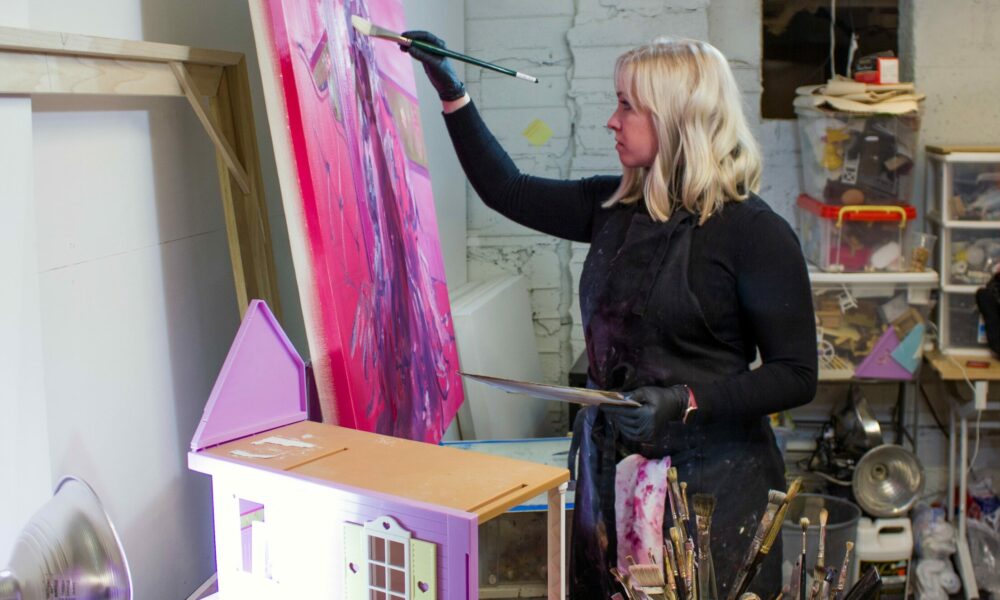

Today we’d like to introduce you to Emily Blair Quinn.
Hi Emily, please kick things off for us with an introduction to yourself and your story.
Like many artists, I spent a lot of time drawing as a child, so when I was eight years old, my parents enrolled me in art classes in my hometown of Decatur, AL. I knew in high school that I wanted to be an artist, so I went to Auburn University and received a B.F.A. in painting/drawing in 2013 then went on to get an M.F.A. in painting from the University of Colorado Boulder in 2016. I moved to Kansas City in the summer of 2020 and am currently working full-time on my artistic career. I recently exhibited a new series of paintings at Marquee Projects in Bellport, NY, where I am a represented gallery artist.
I have always made art about my personal experience and the stories of my close friends and family. Painting is an act of meditation through which I process my emotions and face my fears. Feeling trapped, misunderstood, lonely, sad, or depressed can be difficult to talk about or even articulate, which is why I make paintings about these emotions and experiences. When you experience a piece of art and think, “I’ve seen, or felt, or dreamed that before,” and realize that someone else has too, you feel less alone.
I make realistic oil paintings of psychological landscapes in which figurines, dollhouses, and miniatures are metaphors for the mind. I paint disquiet depictions of surreal domestic spaces in which shiny, melting, translucent, ghostly, and fractured figurines appear to be on the edge of a mental breakdown; their emotional and mental states are manifested through various stages of physical collapse. The domestic space is a good metaphor for the psyche because our homes are extensions of ourselves in a way that no other architecture is.
Domestic spaces are places of comfort and control where we can be ourselves, but we all know that domesticity has a dark side. I use dollhouses in my work because they give me control over the color, composition, and lighting and because they are loaded with gender associations. Young girls are conditioned to think about their role as homemakers and mothers when they “play house.”
I use my work to examine my conflicted relationship with domesticity and the ways that women can become trapped, but I do so with compassion and hope for the future of feminism.
I’m sure you wouldn’t say it’s been obstacle-free, but so far would you say the journey has been a fairly smooth road?
I’m very thankful for my incredible support system of friends and family who encourage me to keep pursuing my goals; however, actively taking steps to achieve those goals has required me to sacrifice time, energy, money, and relationships to keep my studio practice at the center of my life.
I moved to Kansas City from North Carolina to be part of an established, contemporary art scene in a city with a low enough cost of living that I can spend more time on my art.
Thanks for sharing that. So, maybe next you can tell us a bit more about your work?
My creative process begins with a treasure hunt for figurines that seem particularly haunted, sad, pensive, strangely sexual, or otherwise easy to anthropomorphize. To elucidate for the viewer what I see in the figurines, I transform them through one of the following playful and subversive experiments:
– Pouring and dripping melted wax on them
– Laboriously painting intricate china patterns on them before breaking them
– Partially gluing them back together
– Casting them in resin and shining multi-colored lights on them
– Casting them in wax and burning them as candles
– Fusing multiple wax figurines together
– Made my own custom figures out of clay
I stage the figurines in theatrically lit, diorama-like scenes that I use as the basis for my paintings. My camera is a cropping tool that helps me determine the composition and perspective for my paintings, and I refer to both the photograph and the still life set up while I paint. These scenes double as theater sets with objects serving as the repeating cast of characters.
My paintings invite viewers to imagine movement or narrative while reminding them that these objects are frozen in time, thus heightening the overall atmosphere of stillness and silent anticipation. I use dark humor and bright colors to engage viewers, making my work a catalyst for a conversation that acknowledges and normalizes feelings of isolation, loneliness, and loss.
Are there any apps, books, podcasts, blogs, or other resources you think our readers should check out?
I listen to a lot of audiobooks while I paint. Some of my favorite genres for audiobooks include magical realism, feminist fiction and theory, haunted house stories, and southern gothic literature. Here are some of my favorite examples of each genre:
-Magical realism: “The Wind Up Bird Chronicles” by Haruki Murakami.
-Feminist Fiction: “The Handmaid’s Tale” by Margaret Atwood
-Feminist Theory: “Bad Feminist” by Roxanne Gay and “Living a Feminist Life” by Sarah Ahmed.
-Haunted House Stories: “The Haunting of Hill House” by Shirley Jackson and the Audible original series “Marigold: An Investigation of an American Haunting” by Sara Gran.
-Southern Gothic Literature: “A Good Man is Hard to Find” by Flannery O’Connor
Contact Info:
- Website: www.emilyblairquinn.com
- Instagram: https://www.instagram.com/emilyblairquinn
- Other: https://www.marqueeprojects.org
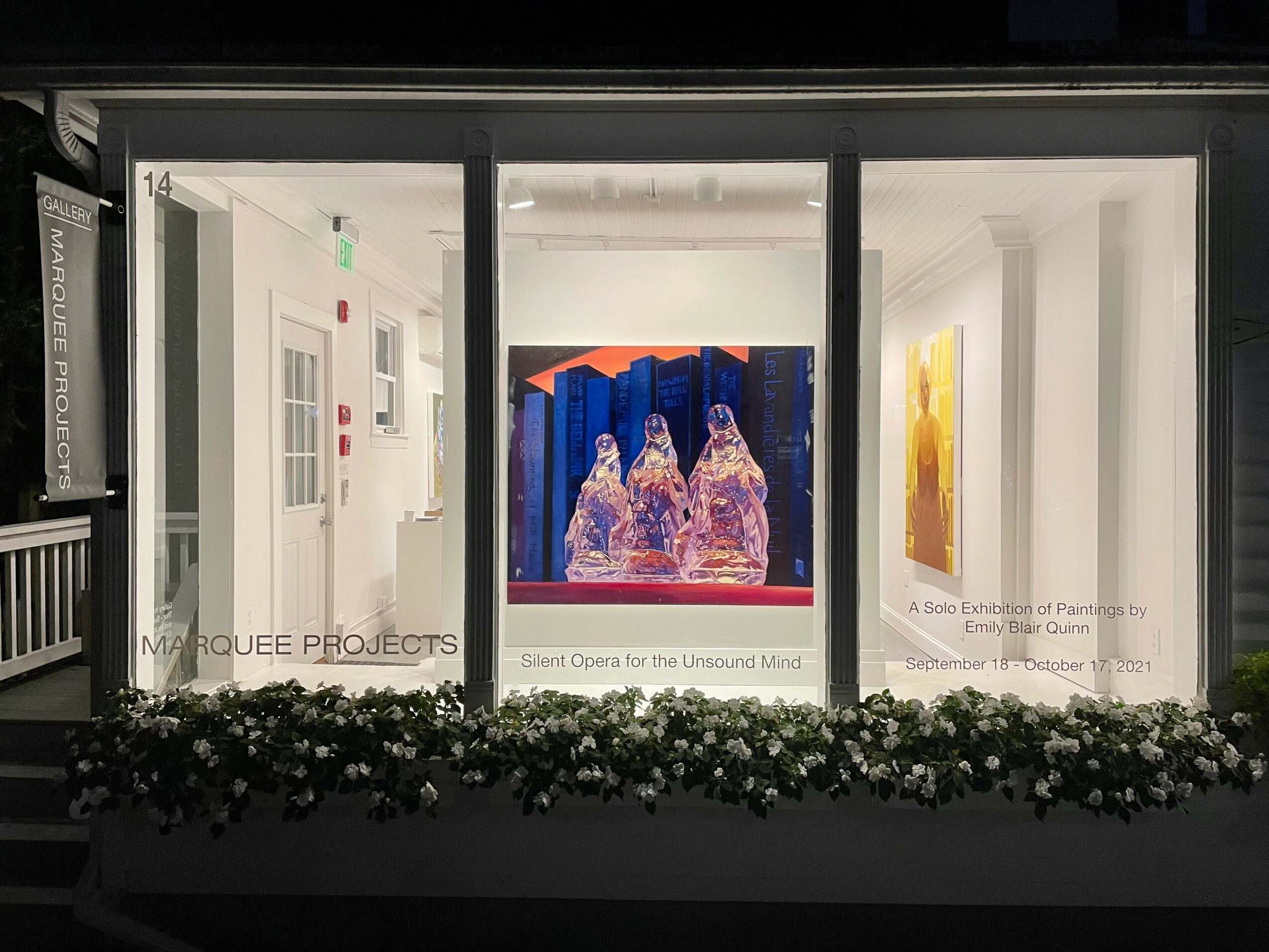
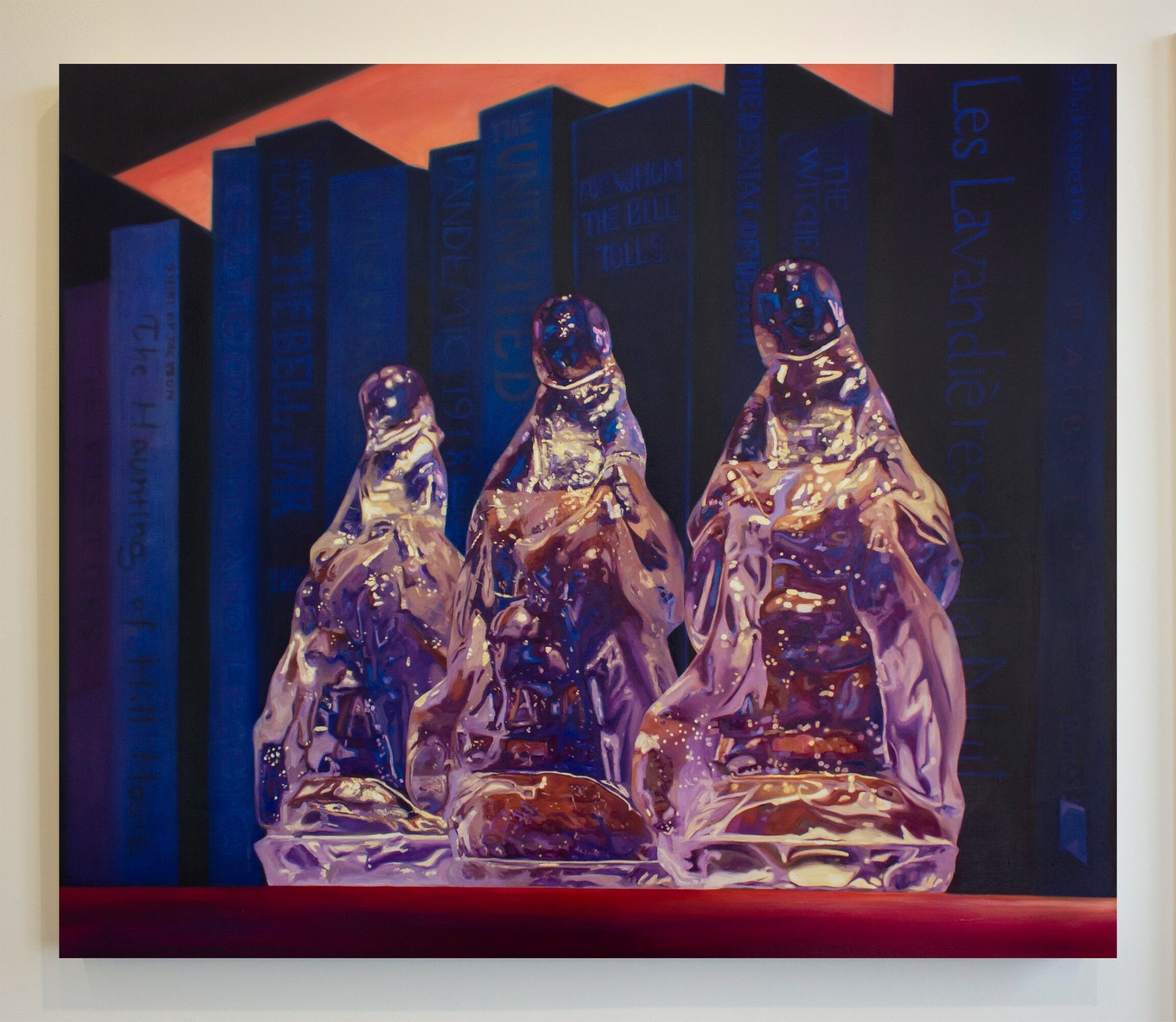
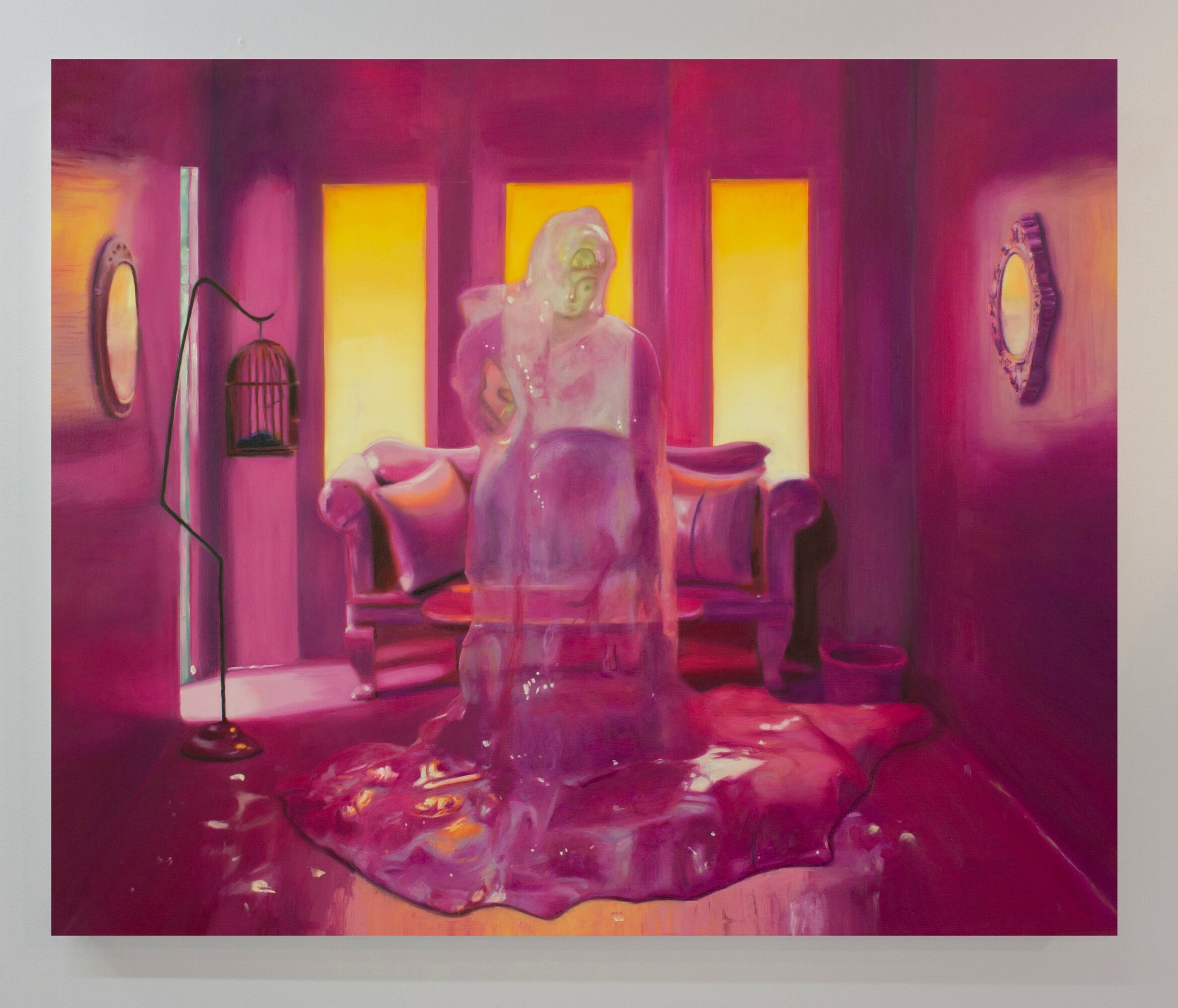
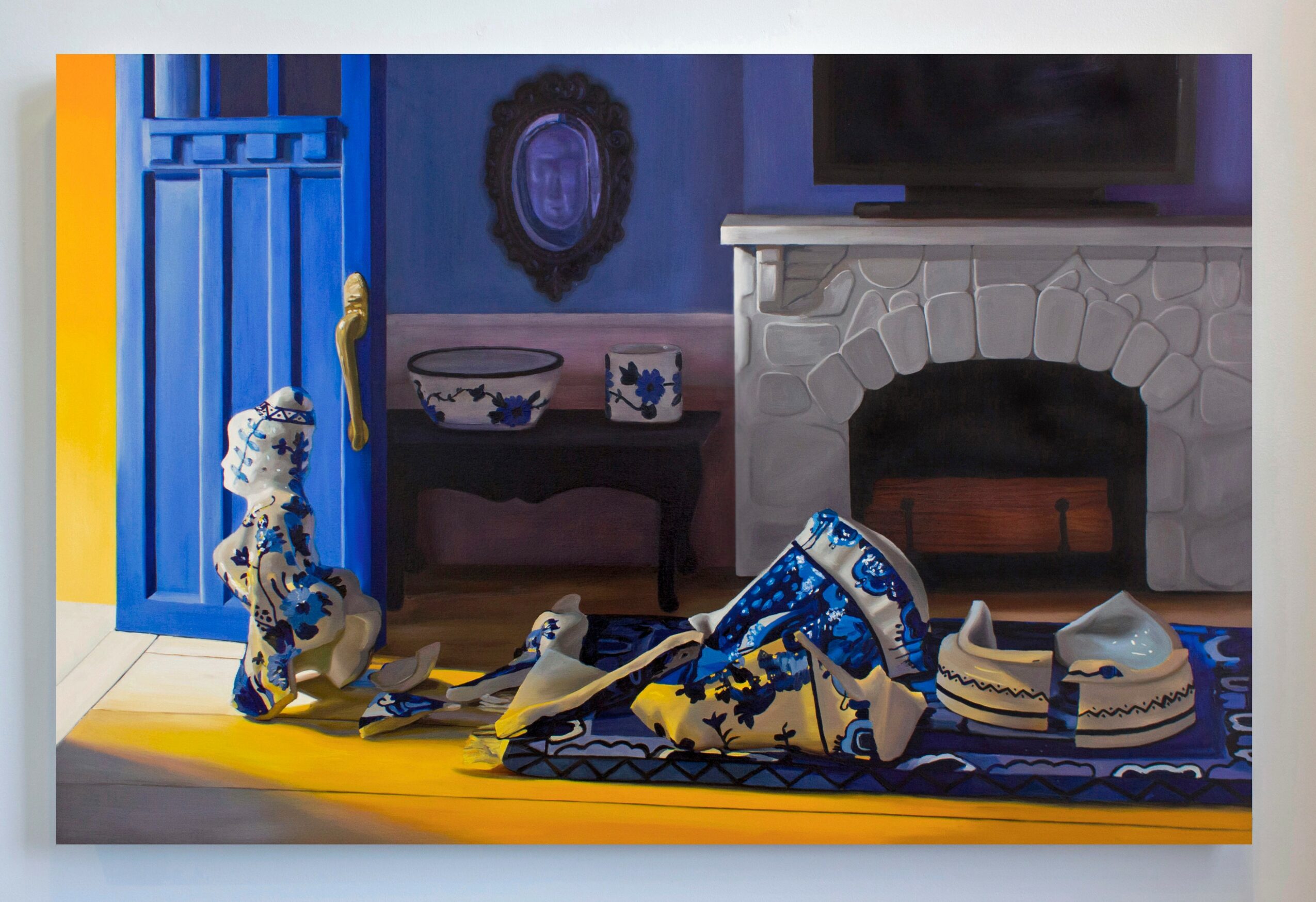
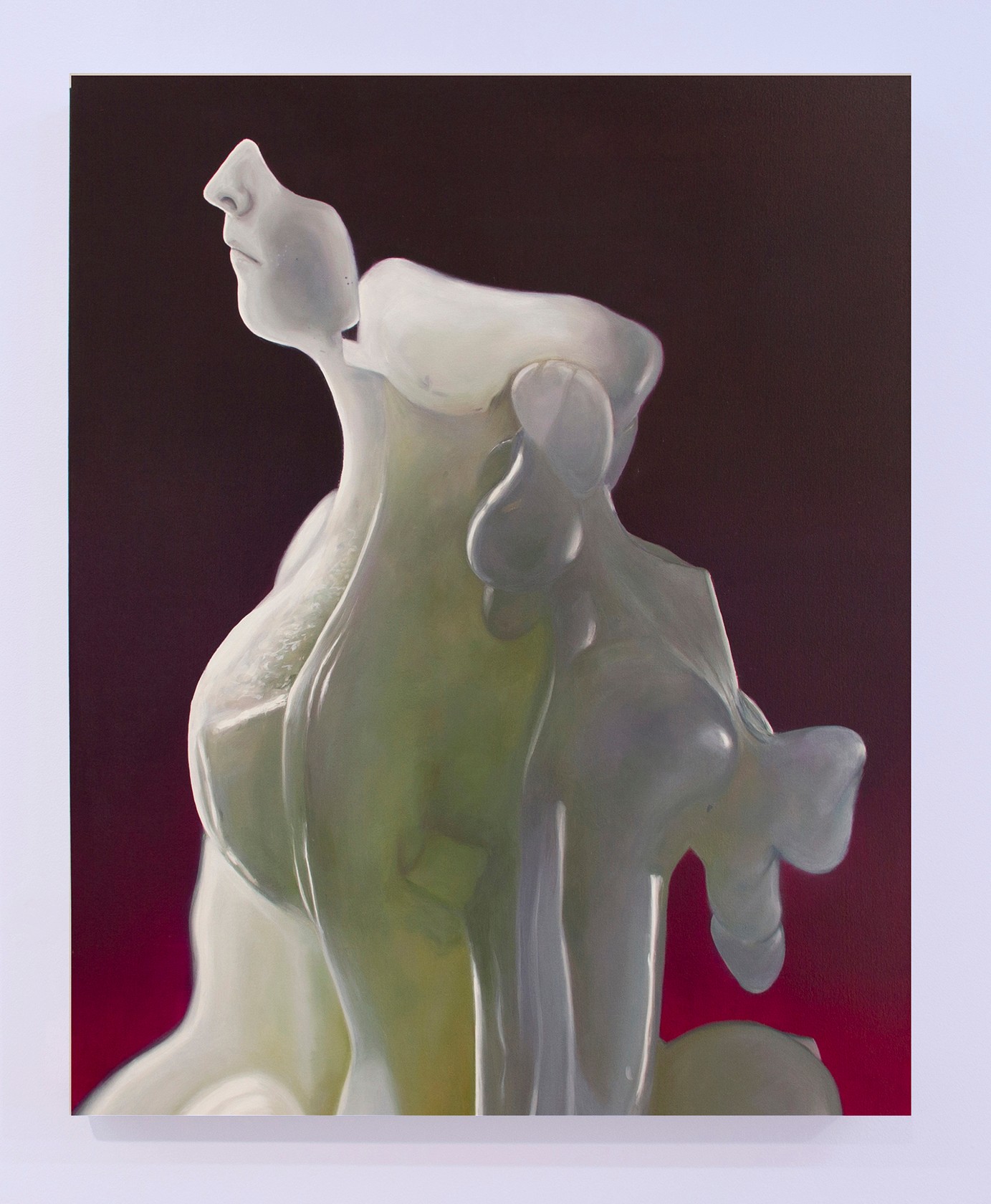
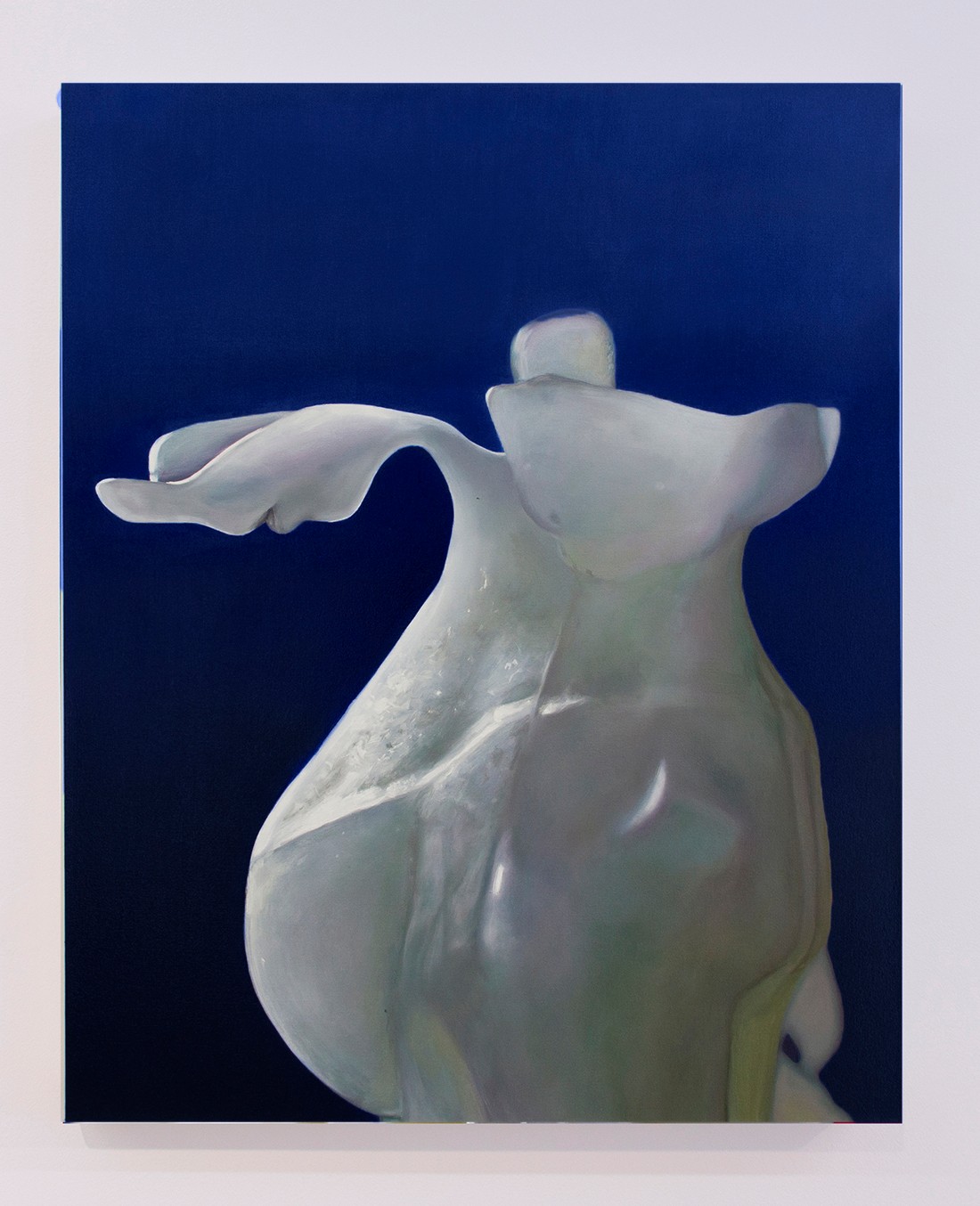
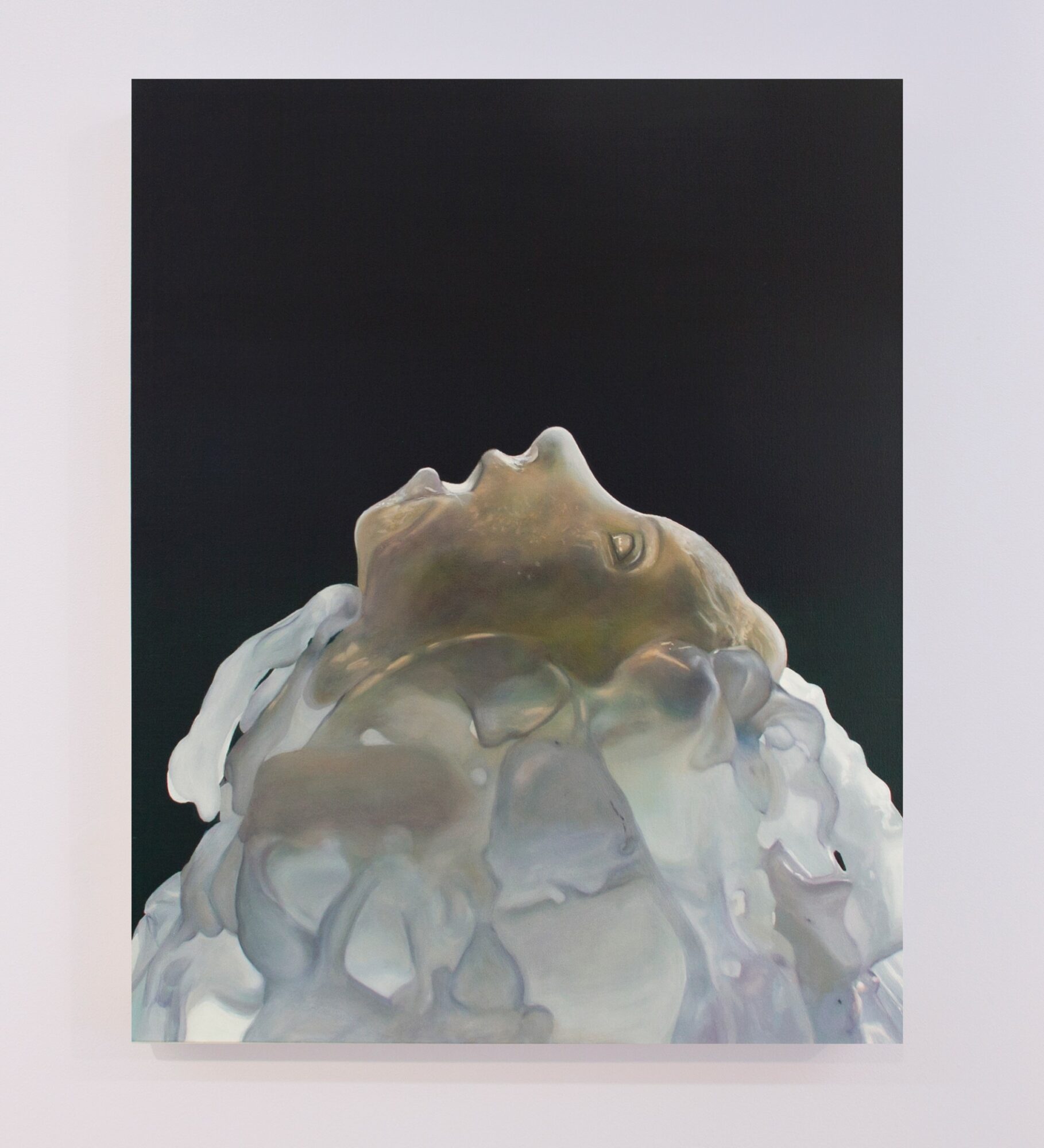
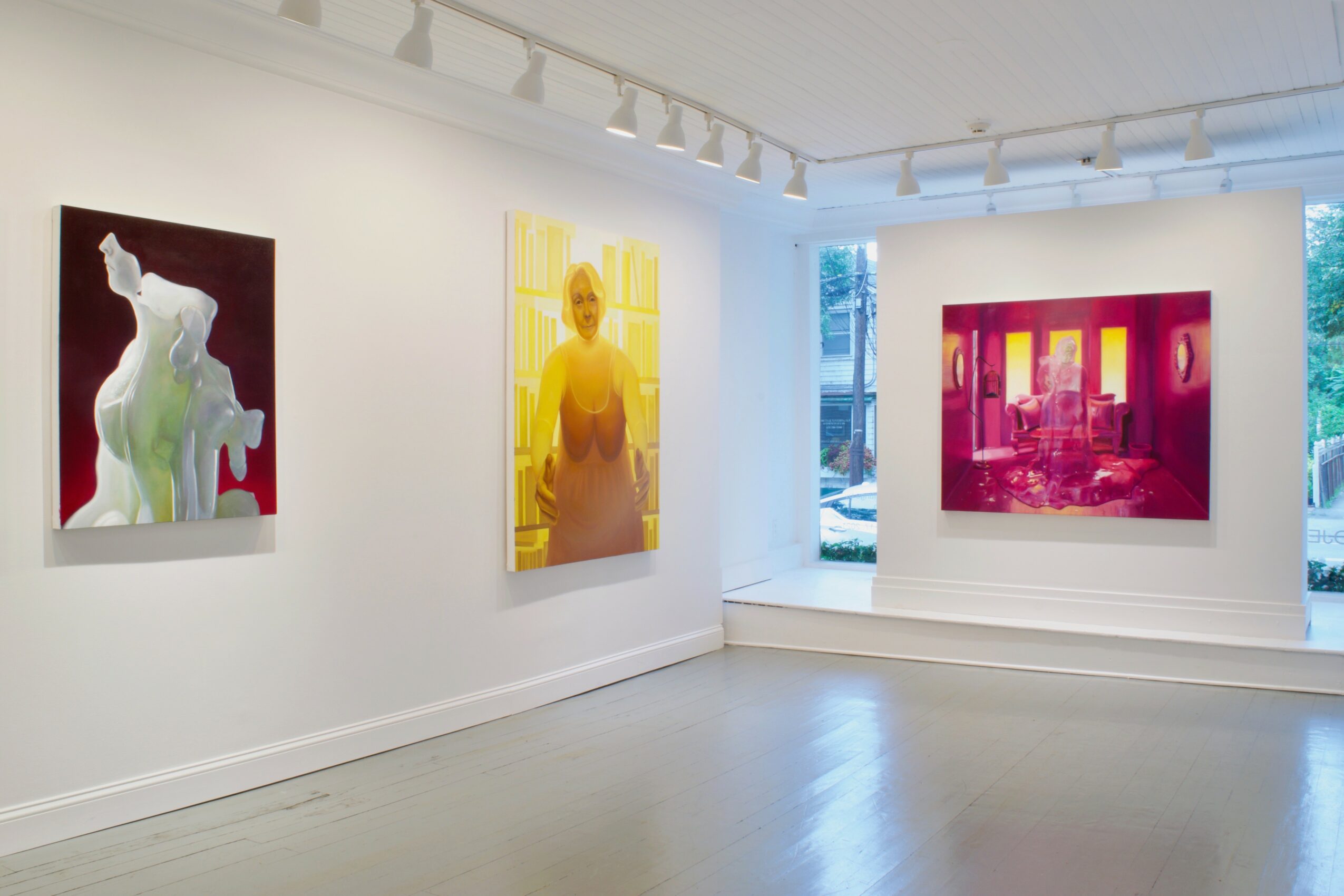 Image Credits
Image Credits
Installation images by Mark Van Wagner at Marquee Projects












